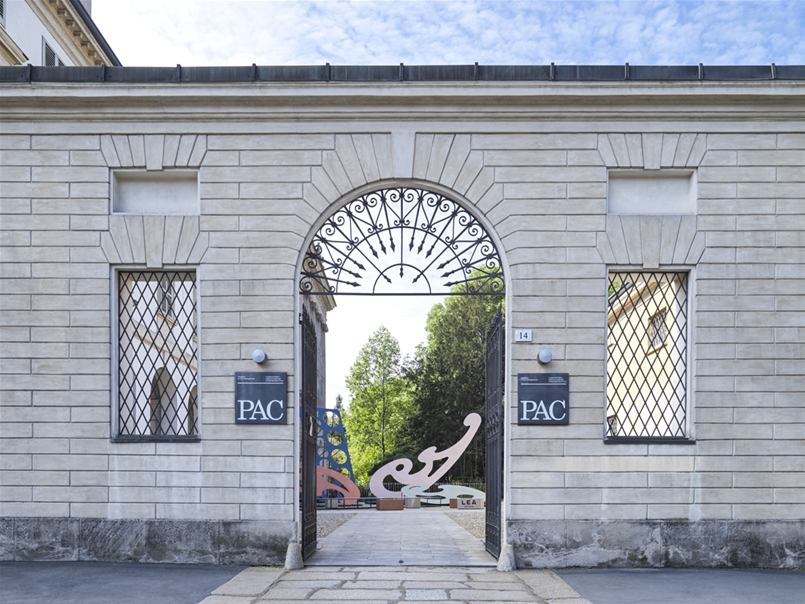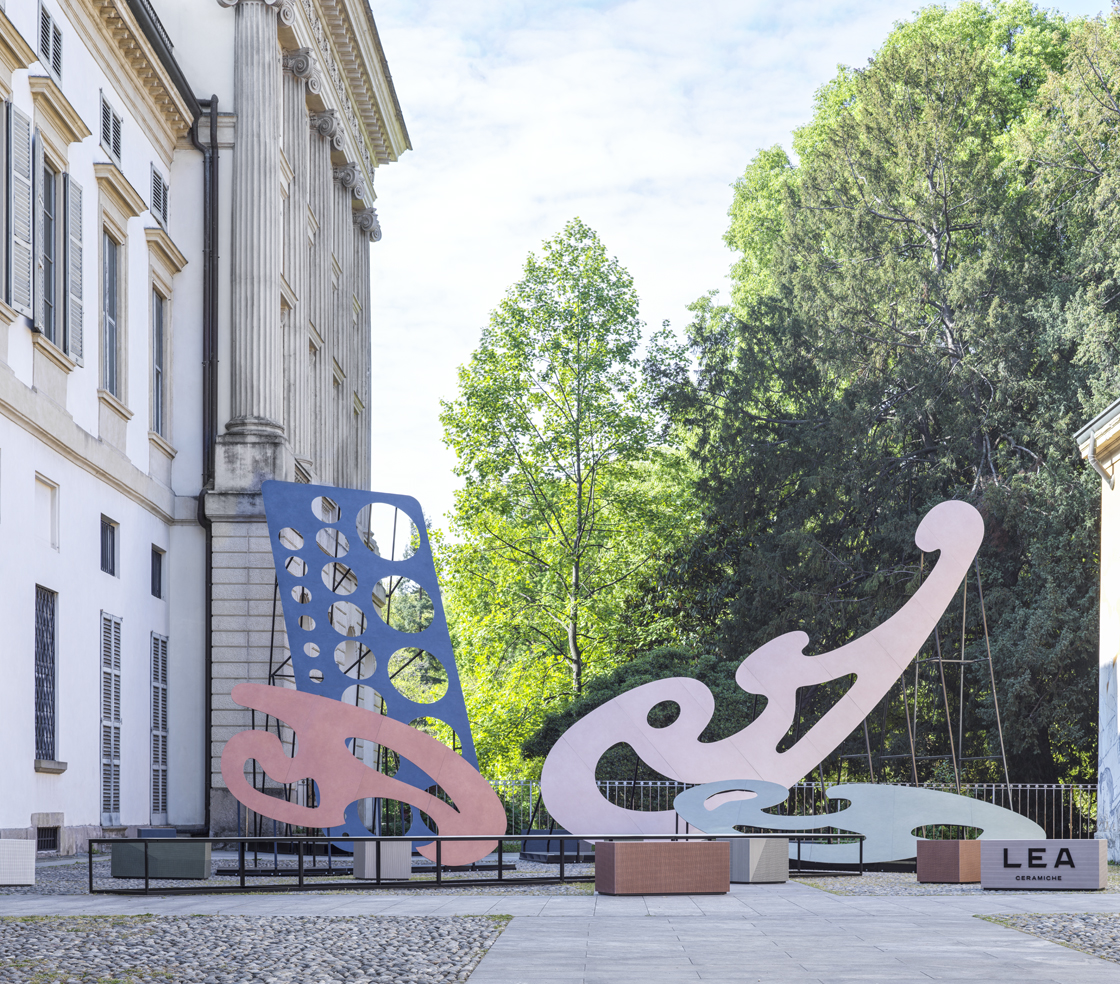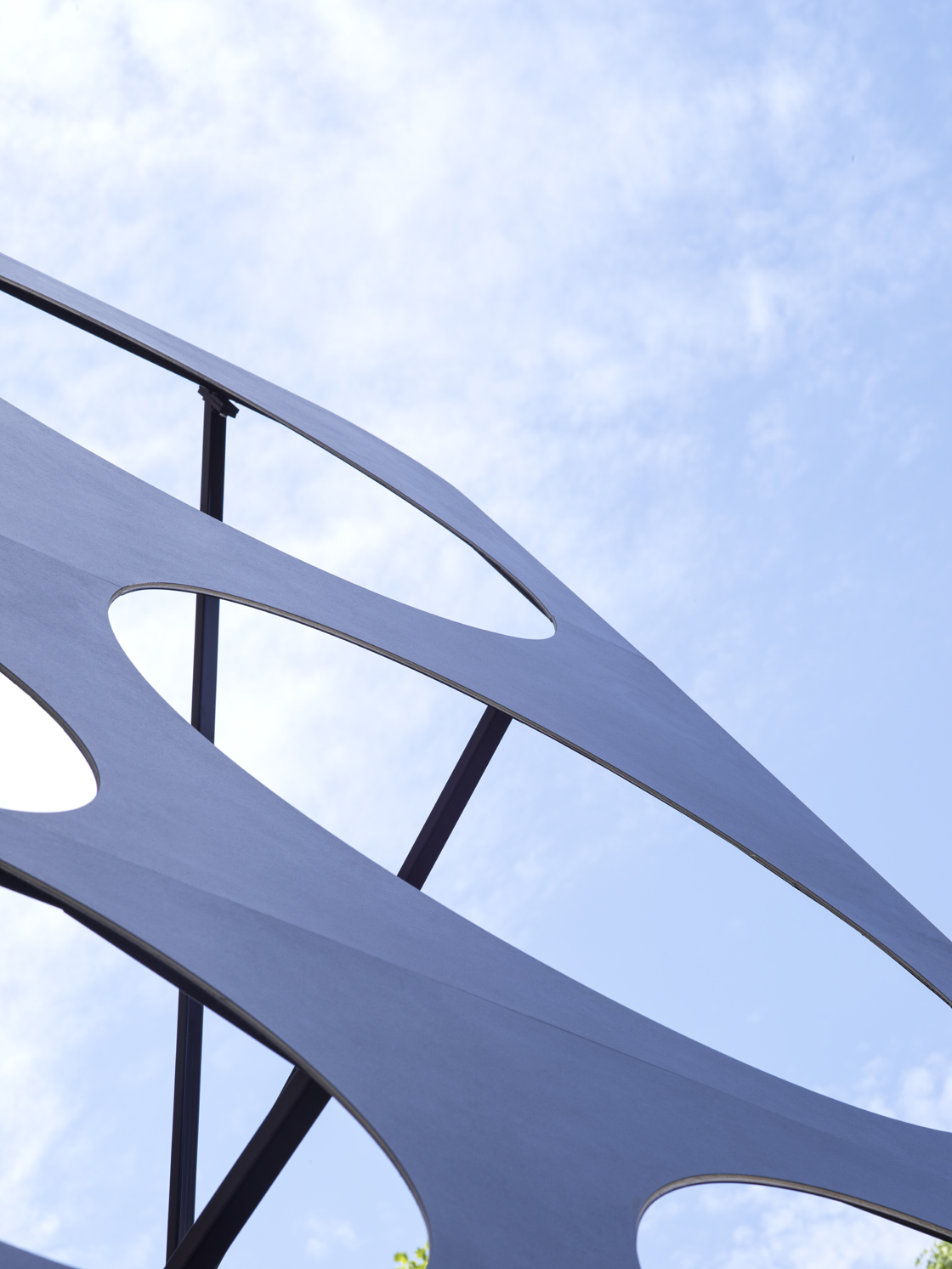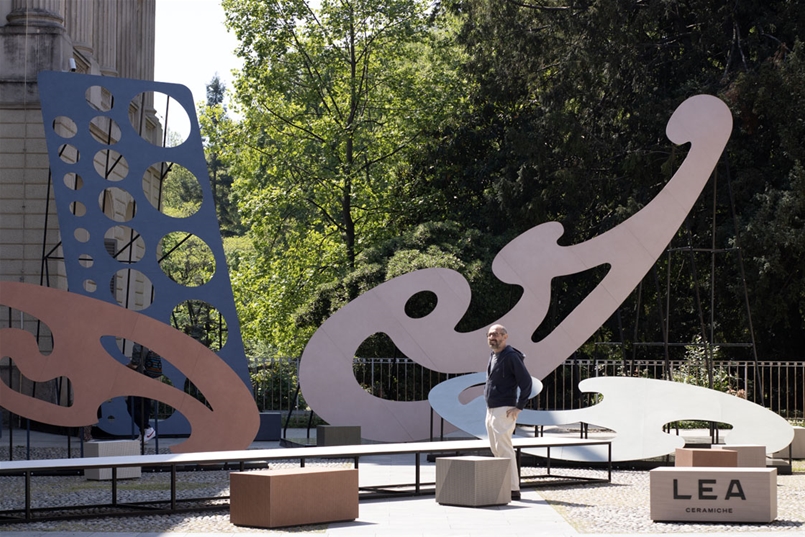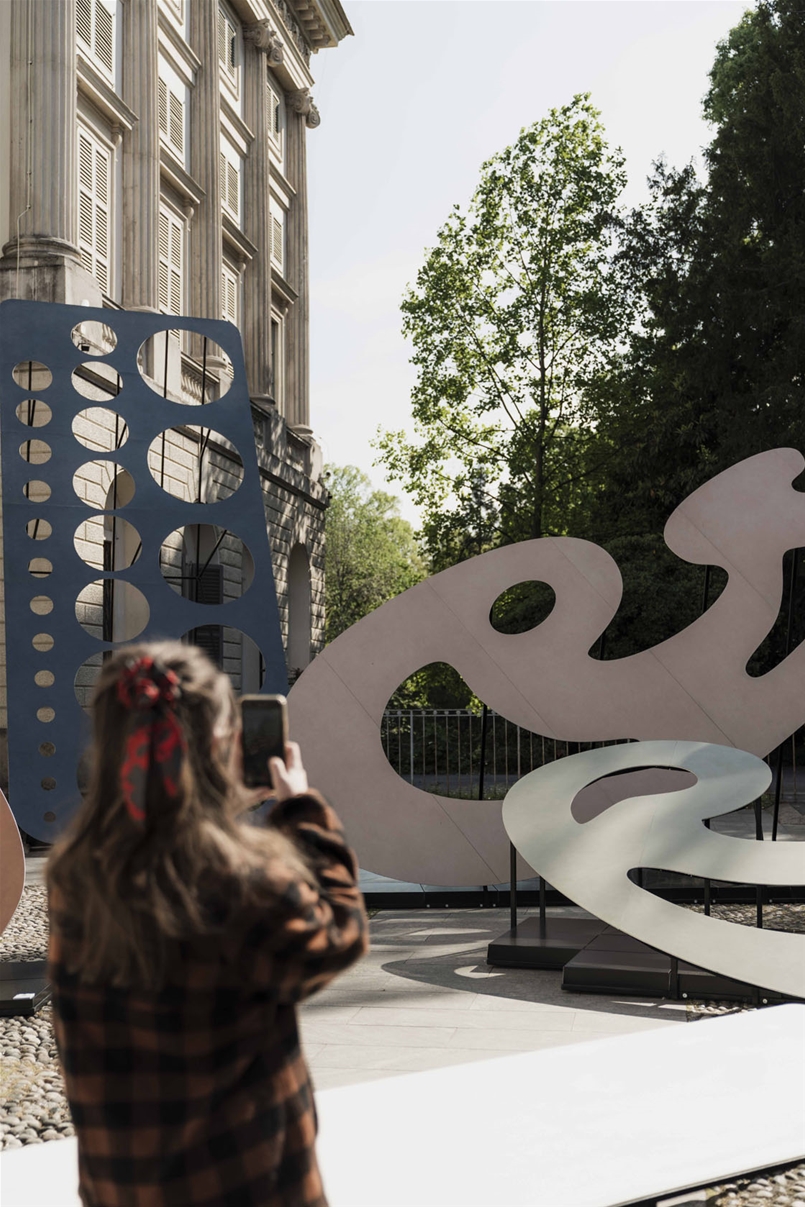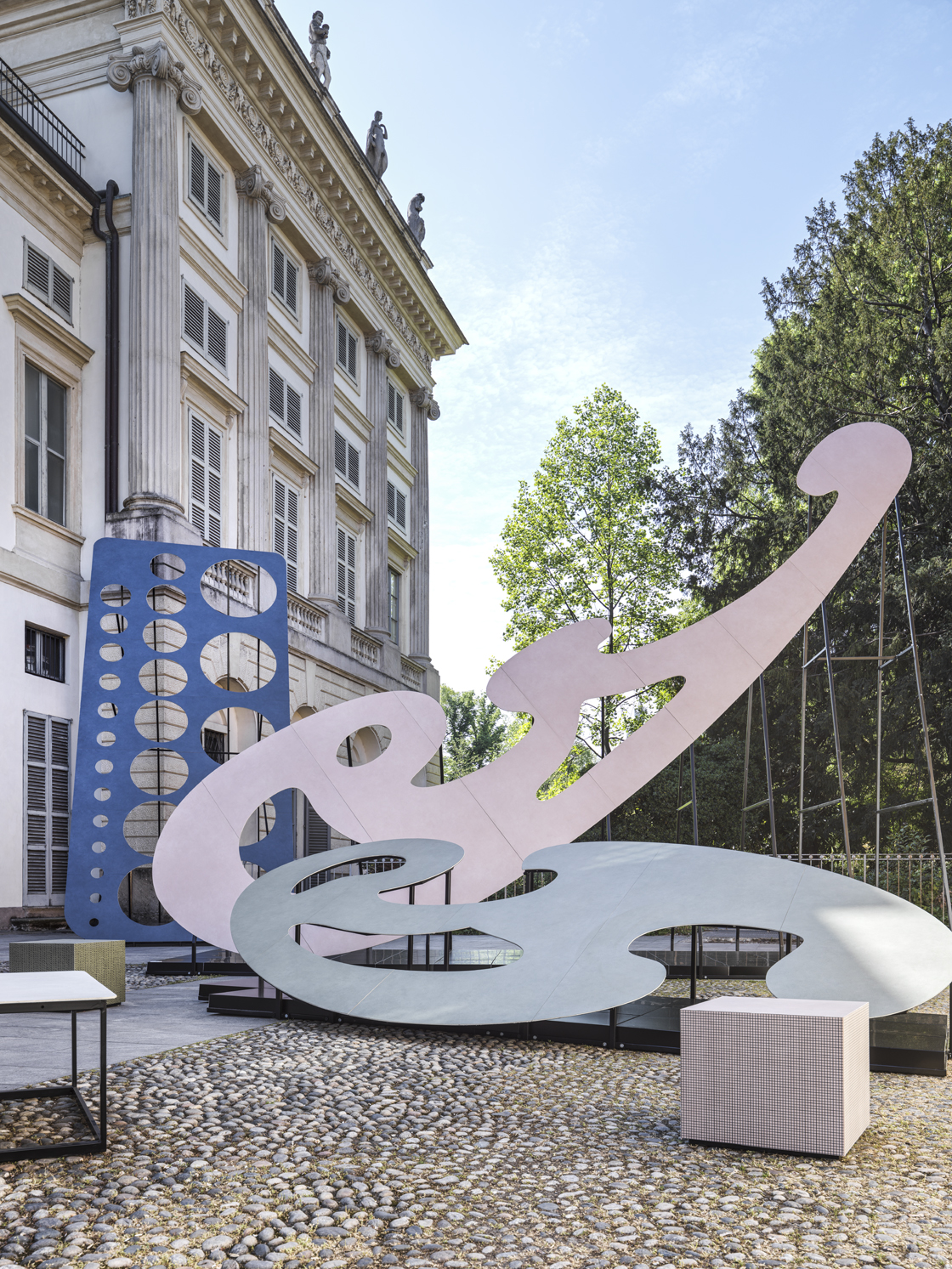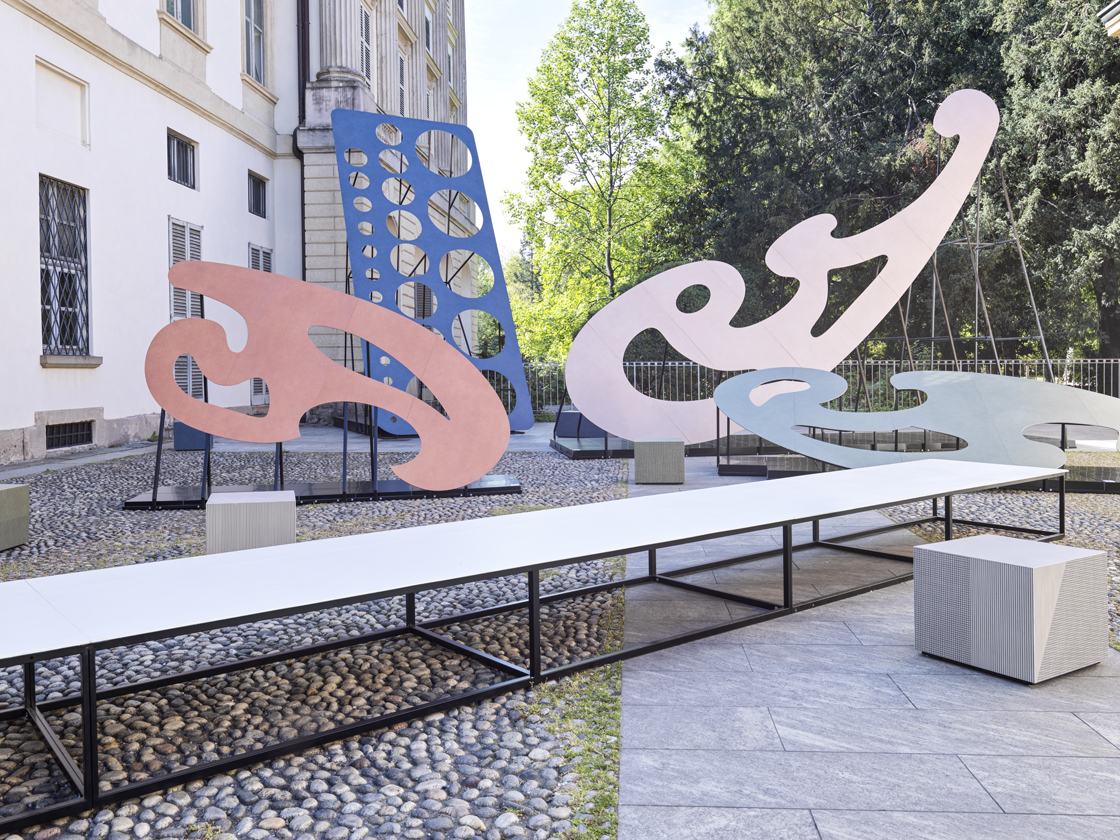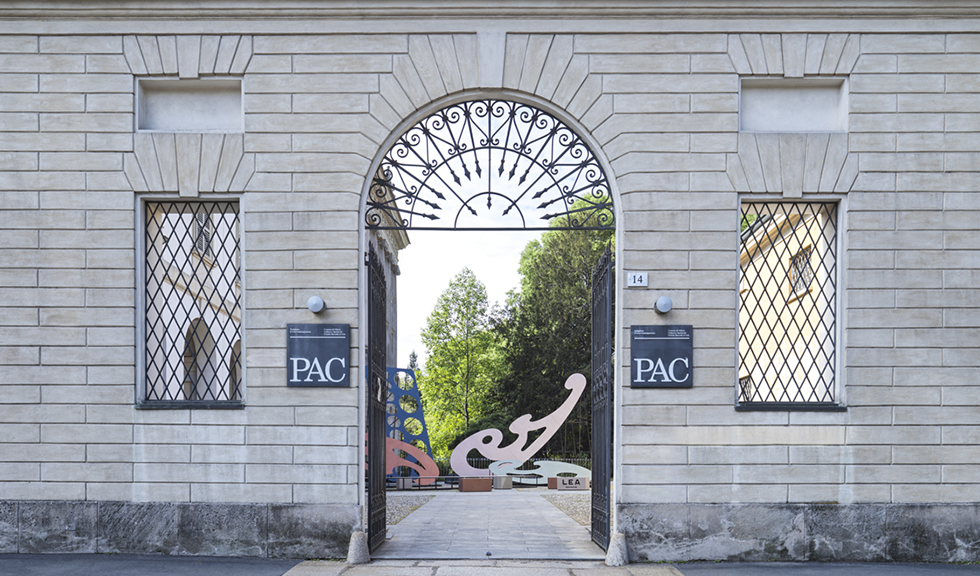
During Milan Design Week 2023, Lea Ceramiche presented Tools and Space by Ferruccio Laviani, an installation expressing an unlimited creativity in service of design, where the themes of color and thickness dominate. Set up in the evocative outdoor courtyard of the PAC - Contemporary Art Pavilion, it revisits Pigmenti, the collection created in collaboration with Ferruccio Laviani, with renewed creativity: a material color with a fine structure, where light graphic movements give depth and dynamism to the color.


“There are objects from the not-so-distant "analog" era that can still convey the manual skill of a certain way of designing. "Tools and Space" celebrates, in the surrealistic manner of Savinio's "Games in the Forest", an era when tools from a recent past (compasses, French curves, or rulers) were used to draw space and architecture. This installation, and specifically the Pigmenti collection by Lea Ceramiche, also becomes an expressive tool to generate new forms and volumes, a sort of surrealistic monument of an ideal Italian piazza by De Chirico, suspended between the Neoclassical architecture of Palazzo Reale and that of the PAC by Ignazio Gardella.”
Ferruccio Laviani

